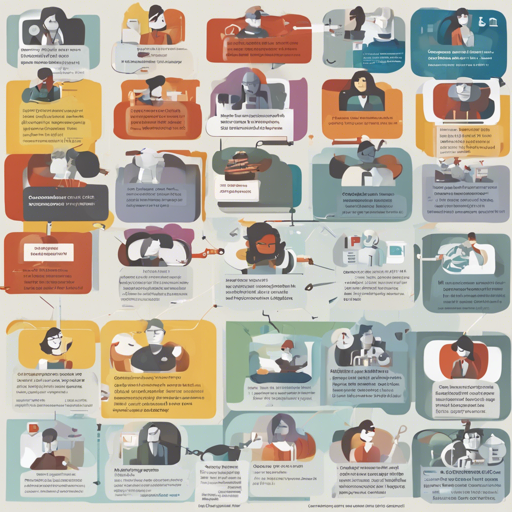Welcome to the world of character-based convolutional neural networks (CNNs)! If you’re looking to delve into text classification without the hassle of extensive preprocessing or dealing with out-of-vocabulary words, you’ve come to the right place. In this guide, we’ll explore how to use a PyTorch implementation of a character-level CNN, with step-by-step instructions that will have you classifying text like a pro in no time.
Understanding Character-Based CNNs
Character-level CNNs are an innovative way to handle text data. Imagine treating each character in a phrase like a pixel in an image. Just as an artist examines the individual colors to create a complete picture, a character-based CNN analyzes the arrangement of characters to understand the text’s meaning. This model operates by breaking down words into their fundamental components, allowing it to handle misspellings and other inconsistencies effectively.
Installation and Dependencies
Before you dive into the training, ensure you have the necessary libraries installed. You will need:
- numpy
- pandas
- scikit-learn
- PyTorch 0.4.1
- tensorboardX
- TensorFlow (for running TensorboardX)
Basic Structure of the Code
Your project consists of several key components:
- train.py: This script trains the model.
- predict.py: This script is used for testing and inference.
- config.json: Contains model parameters such as the number of filters and neurons.
- src Folder: Includes:
- cnn_model.py: The CNN model itself, including initialization and forward method.
- data_loader.py: Handles data fetching and processing for training.
- utils.py: Contains utility functions for text preprocessing, including cleaning operations.
How to Train Your Model
Ready to train a sentiment classifier? Follow these steps:
Step 1: Prepare Your Data
Your data should be in CSV format, with at least two columns: one for text and one for corresponding labels.
Step 2: Launch the Training Script
Use the command line to execute train.py with the following options:
python train.py --data_path=your_data.csv --max_rows=200000Training Parameters
Here are some crucial parameters you can set:
- validation_split: Ratio for validation data (default: 0.2)
- epochs: Number of epochs to train (default: 10)
- learning_rate: Your learning rate (default: 0.01)
- use_sampler: Use a weighted sampler to counter class imbalances.
Monitoring the Training Process
To visualize your training results, TensorboardX comes to the rescue! Launch it with this command:
tensorboard --logdir=.logs --port=6006Then, simply navigate to http://localhost:6006 in your web browser.
Making Predictions
To make predictions, execute the following in your command line:
python predict.py --model=pretrained_model.pth --text="Your input text here"Troubleshooting
If you encounter issues during training or prediction, consider the following troubleshooting steps:
- Ensure your CSV file has the correct format with appropriate columns.
- Check for missing dependencies or version mismatches in your libraries.
- If the system hangs during training, try reducing the max_rows parameter to expedite the process.
- For more insights, updates, or to collaborate on AI development projects, stay connected with fxis.ai.
Why Character-Level CNNs?
You may wonder why character-level CNNs are worth your attention:
- They excel in text classification without needing elaborate text preprocessing.
- Quickly handle misspellings and OOV words.
- Lightweight design allows for easy deployment in production environments.
Conclusion
At fxis.ai, we believe that such advancements are crucial for the future of AI, as they enable more comprehensive and effective solutions. Our team is continually exploring new methodologies to push the envelope in artificial intelligence, ensuring that our clients benefit from the latest technological innovations.
Now, go ahead and unleash the power of character-level CNNs in your text classification tasks! Happy coding!

